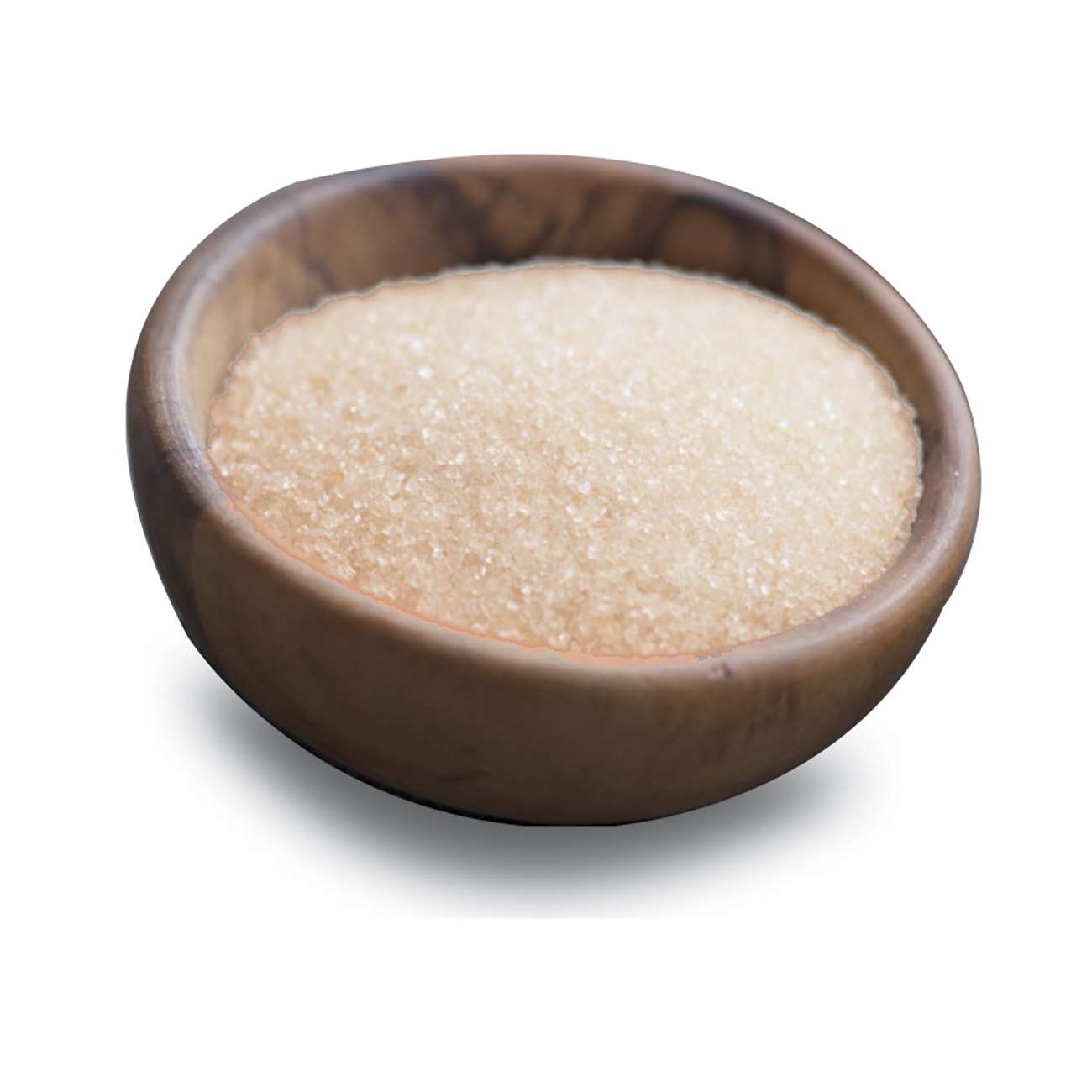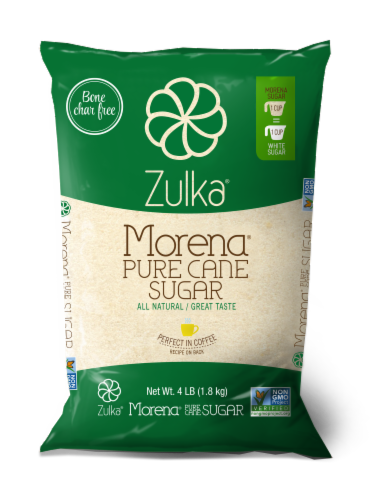Cane Sugar Processing: From Field to Table-- A Step-by-Step Overview
Cane Sugar Processing: From Field to Table-- A Step-by-Step Overview
Blog Article
Checking Out the Comprehensive Steps Associated With Walking Cane Sugar Handling From Gathering to Improvement
The process of walking cane sugar production incorporates a series of complex steps, beginning with the cautious harvesting of sugarcane and culminating in the refinement phases that make certain the last item meets market criteria. Each stage, from the removal of juice to the purification and crystallization processes, plays a crucial duty in establishing the quality and character of the sugar. Comprehending these phases not just highlights the complexity of sugar production however also increases critical inquiries concerning performance, sustainability, and advancement in the sector. What implications do these aspects have for future methods?
Harvesting Sugarcane
Harvesting sugarcane is a critical action in the cane sugar processing chain, as it straight influences the high quality and yield of the end product. Correct timing and methods are necessary throughout this stage to ensure optimal sugar content and reduce losses. Commonly, sugarcane is collected when it reaches maturity, typically 12 to 18 months after growing, identified by a high sucrose concentration.

Post-harvest, the sugarcane should be processed swiftly to avoid sucrose degradation. Preferably, harvested walking stick needs to be transported to processing facilities within 24-hour to protect sugar quality. As a result, effective logistical planning is critical to preserve the integrity of the harvested crop throughout the supply chain.
Extraction Refine

The crushed walking cane is subjected to a series of pressing operations to make best use of juice healing. Usually, hot water is splashed onto the crushed walking stick, producing a countercurrent flow that aids liquify the sugar while likewise helping in the extraction process. The juice accumulated from this procedure contains not just sugar however additionally different organic substances and contaminations.

To improve extraction performance, some facilities might use diffusion approaches, where the sugarcane is taken in warm water, permitting the soluble sugars to diffuse right into the liquid. The resulting juice, abundant in sucrose, is then directed to succeeding processing stages, laying the structure for filtration and improvement. The removal procedure is thus pivotal in figuring out the quality and return of the last sugar product.
Filtration Techniques
The filtration strategies used in walking cane sugar processing are vital for transforming the raw juice into a premium sugar product. These methods mainly aim to remove contaminations, such as dirt, plant products, and inorganic compounds, which can detrimentally impact the final item's flavor and shade.
This process involves adding lime and heat to the raw juice, which assists in the coagulation of pollutants. Additionally, the use of phosphoric acid can improve the clarification procedure by additional binding impurities.
One more substantial technique is carbonatation, where co2 is presented to the clarified juice. This response produces calcium carbonate, which records remaining impurities and advertises their elimination.
In addition, turned on carbon treatment may be related to adsorb any kind of staying colorants and organic impurities, making sure a more polished product. The combination of these approaches effectively prepares the sugar juice for succeeding actions in the refining procedure, establishing the stage for the production of top notch cane sugar.
Crystallization Approaches
After the filtration phase, the next critical action in cane sites sugar processing entails formation approaches, which play a critical duty in changing the made clear juice into strong sugar. This process typically uses two main methods: spontaneous condensation and regulated crystallization.
In spontaneous crystallization, supersaturated sugar solutions are enabled to cool down normally, bring about the development of sugar crystals over time. This approach is simpler however may result in unequal crystal dimensions and lower pureness degrees. On the other hand, controlled crystallization is a much more accurate technique where seeding, temperature level, and focus agents are thoroughly managed. This technique permits for the uniform growth of sugar crystals and higher purity.
During formation, the made clear juice is focused through dissipation, enhancing more its sugar material up until it gets to supersaturation. As soon as this factor is achieved, either technique can facilitate the formation procedure. Cane Sugar Processing. The resultant sugar crystals are after that separated from the staying syrup via centrifugation
Ultimately, the selection of condensation method influences the quality, size, and purity of the final sugar item, making this action important in the total walking cane sugar handling procedure.
Improvement and Packaging
Just how can the pureness and quality of walking stick sugar be additionally improved after formation? The refinement procedure plays an important duty in attaining high-quality walking cane sugar.
Next, the sugar undergoes a procedure called centrifugation, where it is spun at high speeds to divide the purified sugar crystals from the staying liquid. After centrifugation, the sugar is often further fine-tuned with an approach called carbonization or phosphatation, which uses triggered carbon or phosphoric acid to get rid of shade and off-flavors.
As soon as fine-tuned, the sugar is dried to attain the preferred dampness content, making sure that it remains steady throughout storage and transportation. The last action includes packaging the polished sugar in impermeable and moisture-proof containers to maintain its quality and stop contamination. Cane Sugar Processing. Proper packaging not just extends shelf life but also promotes very easy handling and circulation, making certain that consumers get sugar that meets the greatest standards of purity and top quality
Final Thought
The detailed actions involved in cane sugar handling, from the precise harvesting of sugarcane to the detailed refinement and product packaging stages, underscore the significance of each phase in guaranteeing her response top notch sugar production. Ideal harvesting methods, efficient extraction approaches, and rigorous purification processes jointly contribute to the end product's pureness and stability. The formation and succeeding product packaging methods even more boost the stability and service life of the sugar, highlighting the complexity and accuracy intrinsic in this vital farming sector.
The procedure of cane sugar manufacturing incorporates a series of elaborate actions, beginning with the cautious harvesting of sugarcane and finishing in the refinement phases that guarantee the last product satisfies industry requirements. Ideally, harvested walking stick must be transferred to refining facilities within 24 hours to preserve sugar top quality.In spontaneous condensation, supersaturated sugar solutions are permitted to cool normally, leading to the development of sugar crystals over time - Cane Sugar Processing. The refinement procedure plays a vital duty in attaining top notch cane sugar.The thorough actions entailed in cane sugar processing, from the careful harvesting of sugarcane to the intricate improvement and product packaging stages, emphasize the significance of each phase in guaranteeing high-quality sugar production
Report this page